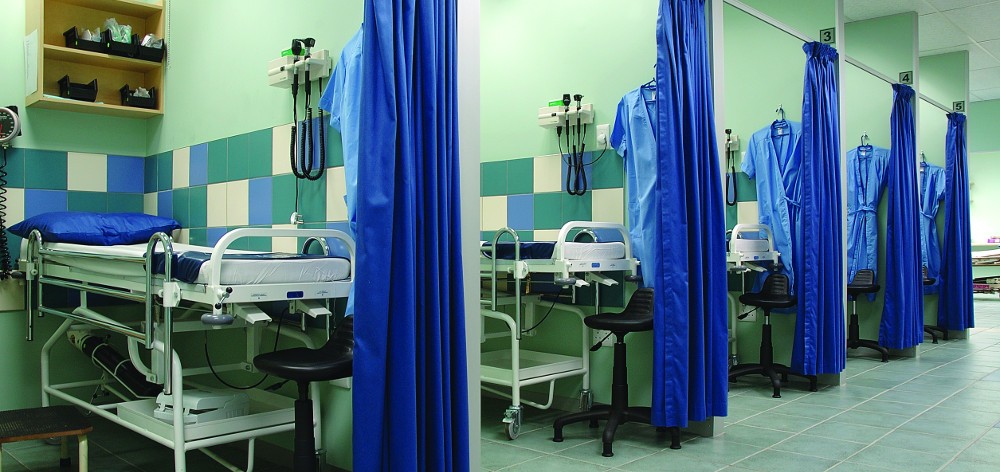For many years, hospitals have been the central locus of healthcare delivery and the mainstay of nursing employment. Increased access to health care due to the Affordable Care Act, and an aging population that will need more healthcare services, are expected to fuel greater demand for nurses and other care providers. Today, about 60% of registered nurses (RNs) work in hospitals. The Department of Labor expects overall RN employment to grow 26% from 2010 to 2020—a rate faster than the average for other occupations. Hospital RN job growth will slow, offset by increases in other areas, such as outpatient offices, centers, clinics, skilled nursing and other post-acute facilities, and home care. Industry analysts project an unprecedented doubling of nurse-practitioner jobs by 2015.
The favorable jobs forecast masks some of the growing challenges that have rocked the stability of hospital employment. Hospitals are under pressure to reduce costly care and eliminate unnecessary care. They have followed the money every time the Medicare program has altered what it will pay hospitals for and, more recently, what constitutes high-quality care. More care has transitioned to outpatient, home, and community settings—often with payments for those services far lower than what previously was paid to hospitals. The “two midnight” rule—a Medicare change implemented October 1, 2013—requires a stay of two or more nights in the hospital for most conditions to qualify as an admission; otherwise, the patient is in observation status. Hospitals receive only about one-third the payment for observation patients that they receive for inpatients. Combined with a consumer drop in the demand for hospital stays, hospitals are reeling—to the point that the American Hospital Association is supporting legislation to delay implementation of the “two midnight” rule.
Hospital budgets have relied largely on the expected number of admissions, and historically payments have been aligned with “doing more.” Decreases in hospital payments due to penalties for complications or excessive readmissions, along with increased payments based on incentives for providing better quality care, have led to positive changes in care and lower mortality and morbidity.
Hospitals are feeling the shift from volume to value as admissions shrink across the country, putting nursing jobs at risk and creating a dilemma: While we want hospitals to thrive, we also know the importance of keeping people out of the hospital, preventing illness, and promoting care management in low-cost settings. Hospitals have been trying to figure out when to change the current habit of courting admissions to one of implementing all possible programs to keep patients out of the hospital. Reduced admissions mean fewer dollars, fewer inpatient nursing jobs, and a shift to other types of care. If the switch to lower admissions comes too soon, hospitals could go out of business. If the switch comes too late, it will be hard to promote care better provided in other settings.
What should nurses be doing? We can’t ask nurses to do more with less. Instead, we need to disrupt care delivery as we know it by reexamining what care we provide and where and how we provide it. Nurses are in a prime position to help reduce use of all types of resources during hospitalization—days, supplies, drugs, tests, and equipment. Trimming costs for observation patients by aggregating them in areas where staff can focus on rapid throughput and discharge preparation is essential. Nurses should lead action teams to reduce variations in care with standardized pathways and to change processes that will lead to more efficient care. As care coordinators, nurses should lead team-based decisions to plan for care transitions and promote timely arrangements for hospice and palliative-care referrals, home care, and use of other care venues beyond the acute-care hospital.
As the number of hospital inpatients shrinks, we need to right-size all hospital jobs and help nurses move to other positions that will grow because of patient movement across the health system. Nurses in clinical care and management must join forces to address the short- and long-term challenges. Just as we want to provide the right care at the right time in the right place for patients, we want to ensure we have the right number of nurses in the right places to provide the right care—while at the same time safeguarding nurses’ welfare and job security.
Pamela F. Cipriano, PhD, RN, NEA-BC, FAAN
Editor-in-Chief



















1 Comment.
Perhaps we are a bit behind. Our census is high and we are struggling to deliver quality patient centered care with all the documentation expectations from regulatory and payer groups.It seems it doesn’t matter how good the outcome, if the “t” is not crossed you may not get your 2% back. This is not the first time we’ve heard do more with less. CK journals & text from the 80s. The profession expected to save all. Pts. refusing to take responsibility may still find themselves /s care thru the ACA